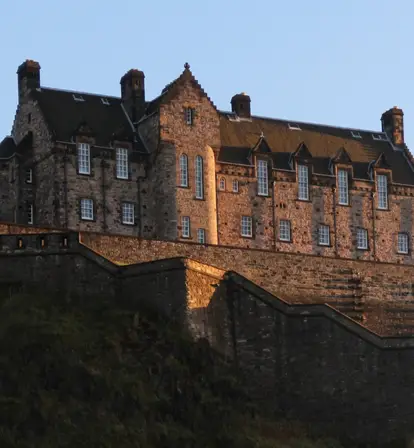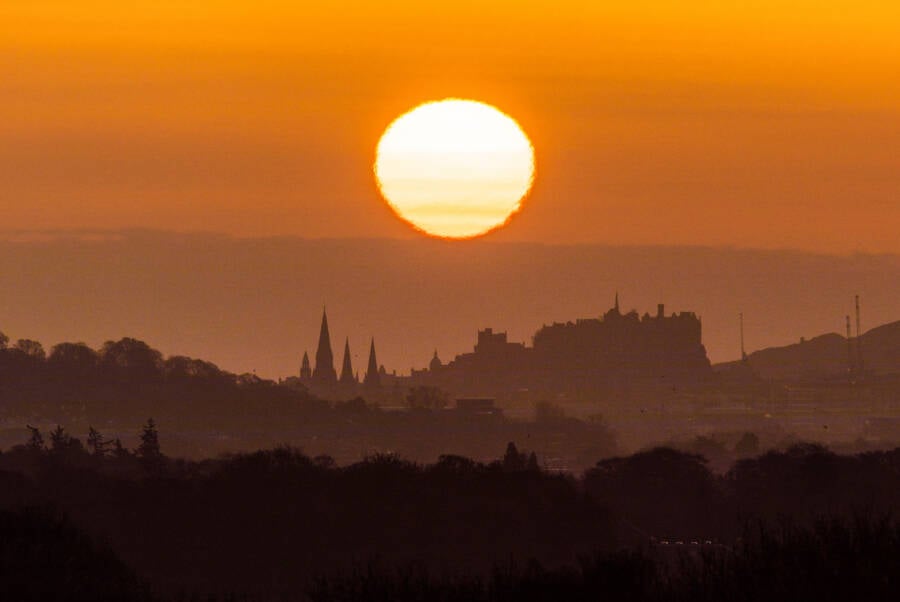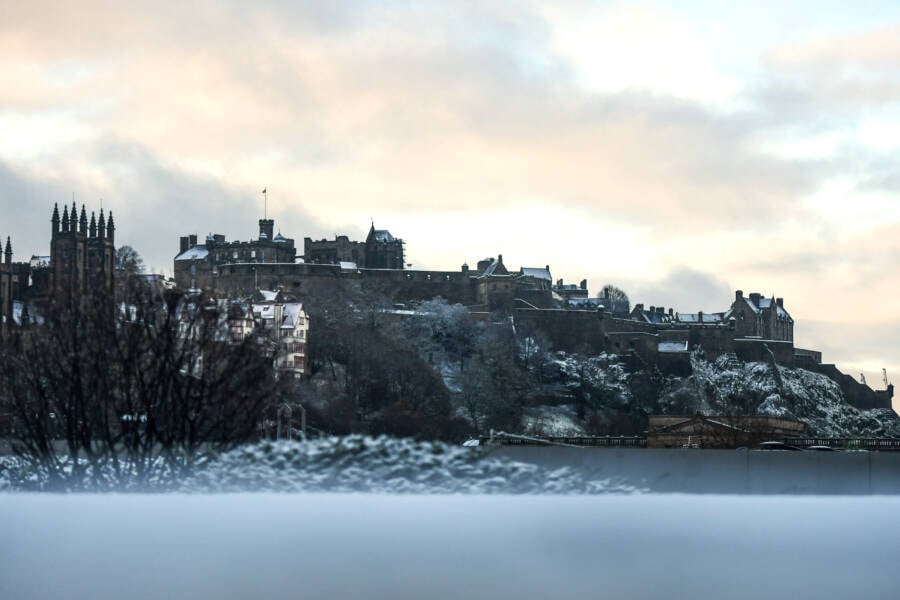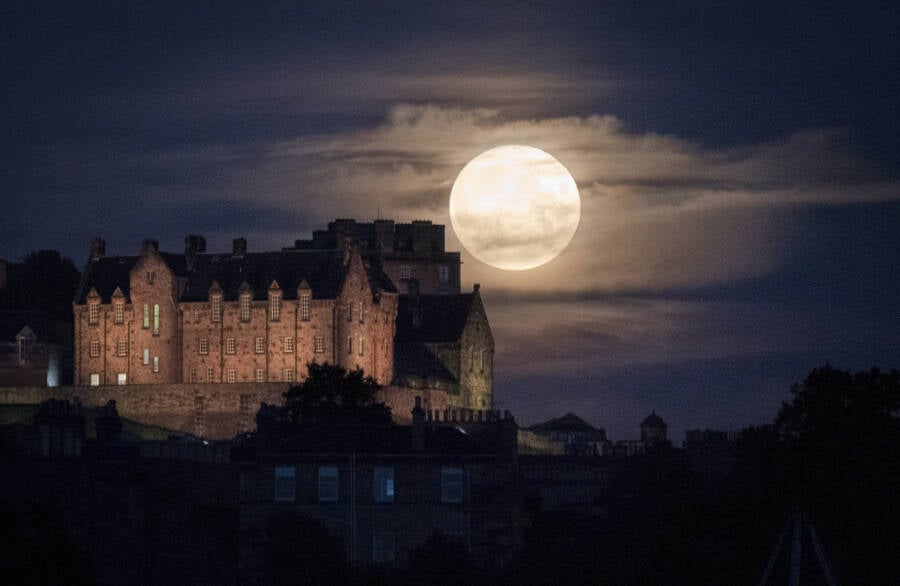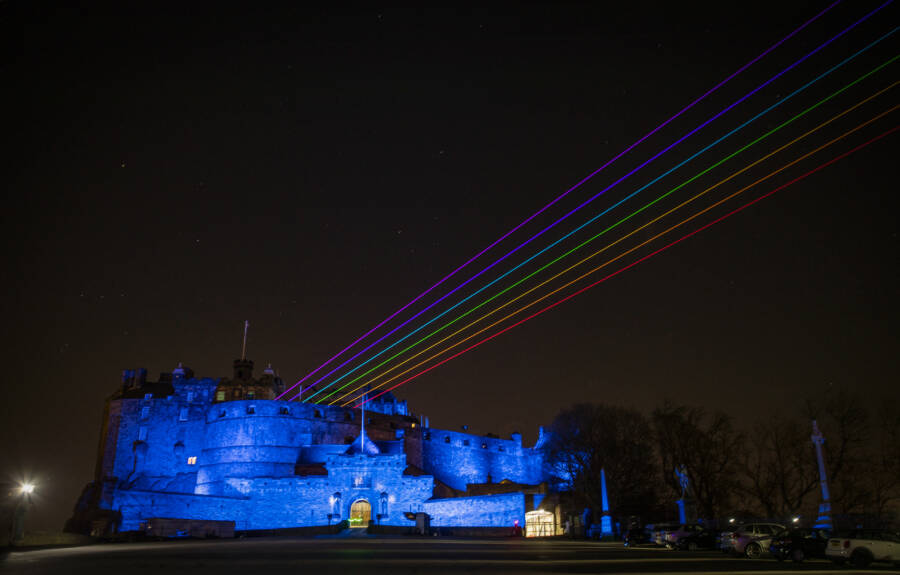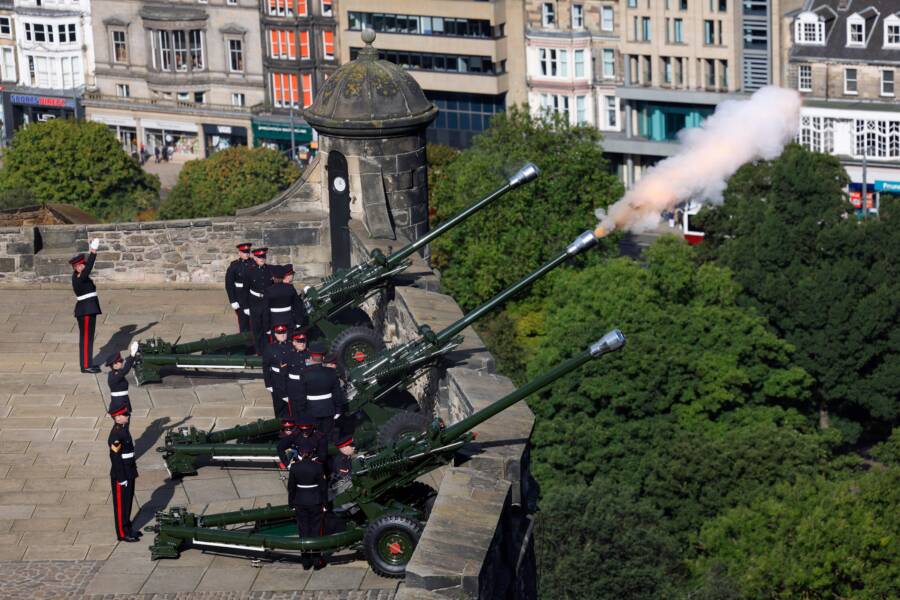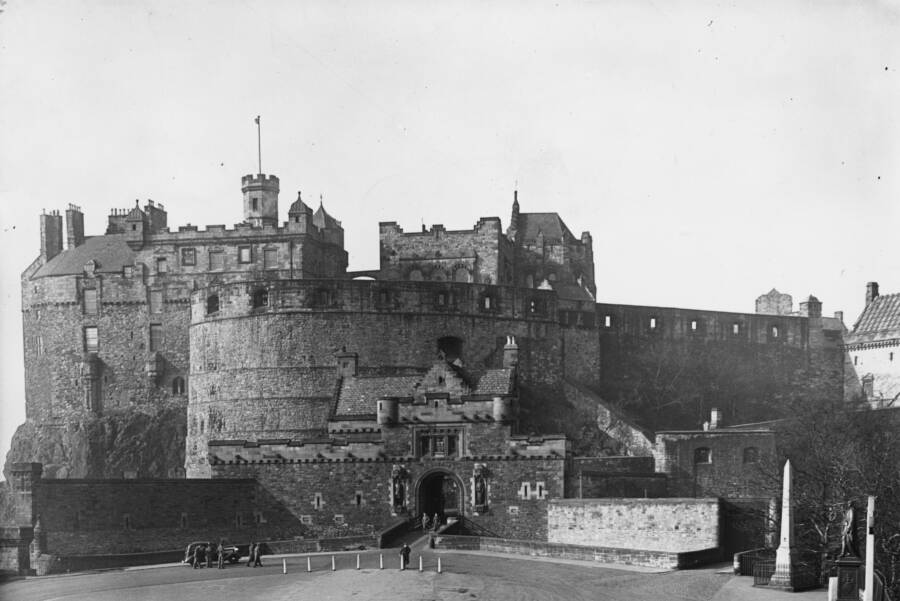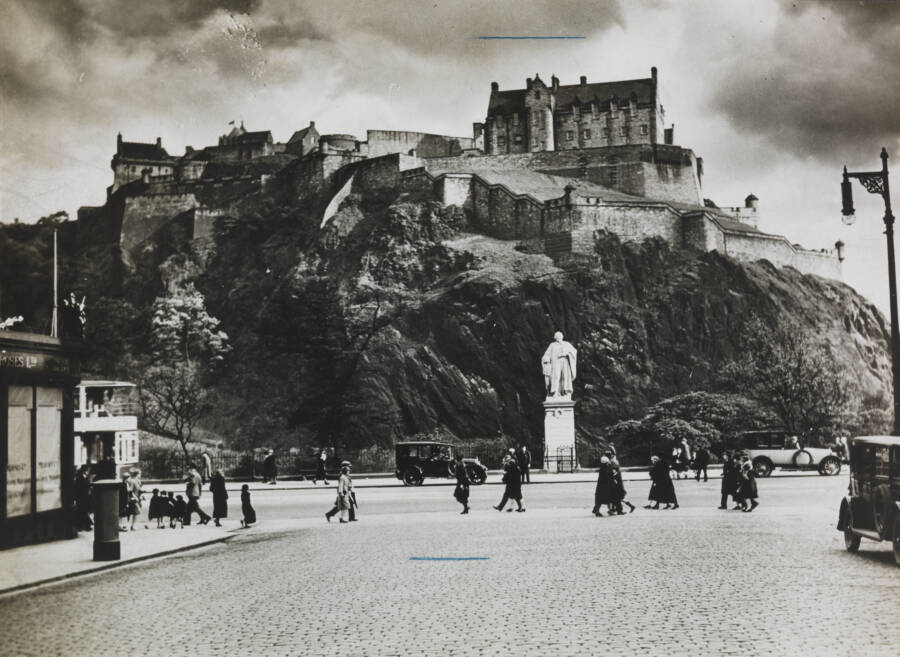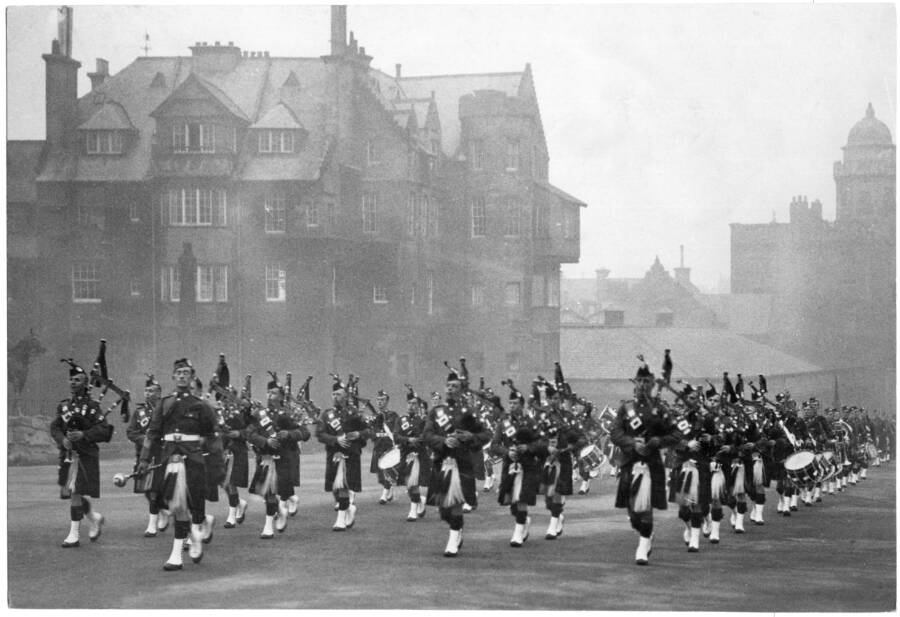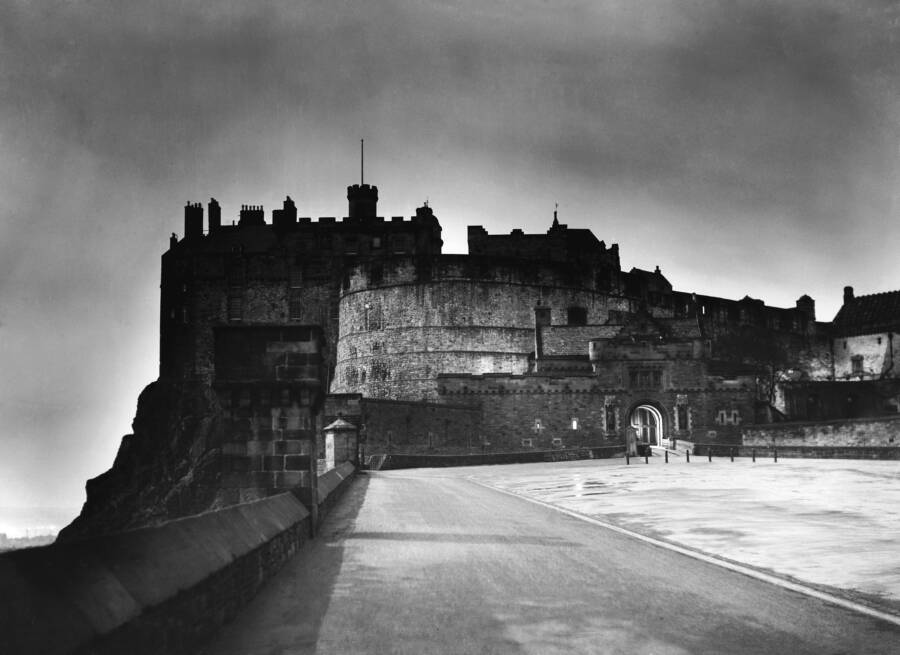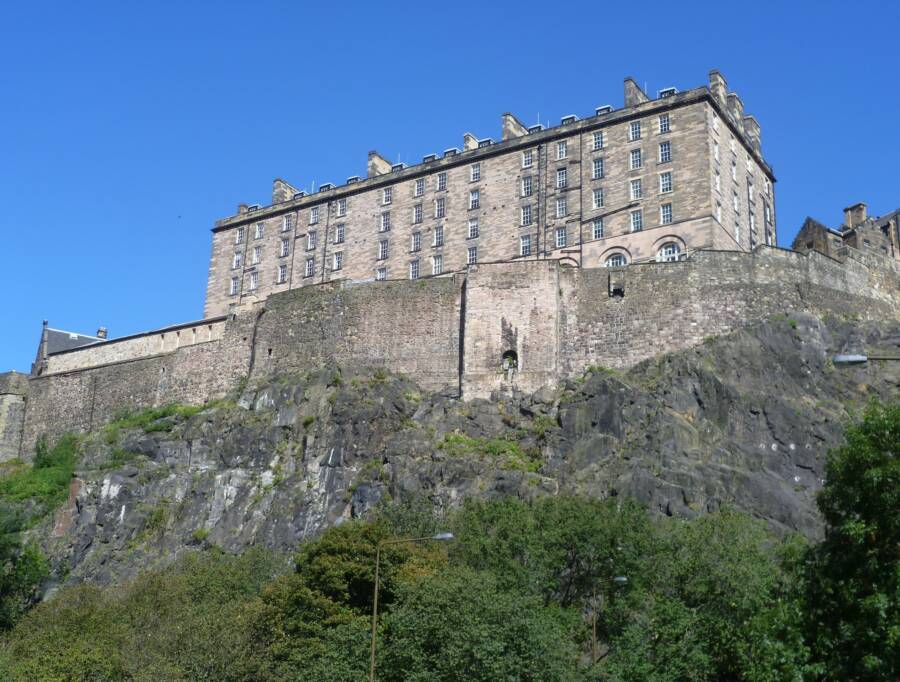For 900 years, Edinburgh Castle has stood high atop volcanic rock overlooking Scotland's capital city, bearing witness to a history rife with upheaval and violence.
Even in a country that once boasted over 3,000 castles, Edinburgh Castle has always been the most iconic. It makes sense, too — Edinburgh Castle is situated atop an extinct volcano, a natural fortification in its own right that served as the perfect location for a castle meant to represent defense, control, and honor.
Today, it’s one of Scotland’s most paid-for tourist attractions, but throughout its 900-year history, the towering fortress has housed numerous monarchs and served as a center point in countless conflicts between Scotland and, most often, England.
In fact, well before the castle itself was constructed, groups of Iron Age people utilized Castle Rock to establish a secure fort for themselves, and it was likewise used by a medieval war band for pre-battle feasting.
Obviously, from the time of the castle's construction in 1130 to the modern day, much has changed — and still, Edinburgh Castle stands as a testament to Scotland's long history.
The Origins Of Edinburgh Castle
Long before Castle Rock earned its name, the massive volcano housed a fortress known as Din Eidyn, which loomed over a small but thriving Roman settlement.
According to Historic UK, that settlement came to be known as Edinburgh following the arrival of the Angles in 638 C.E., and from there grew into the sprawling city it is today. The first houses were constructed nearest to the castle, in the region now known as Lawnmarket, and eventually moved down the rock's slope to form the Royal Mile.
It was during the Middle Ages that the fortress was put to use by the Scottish royals, first operating as the headquarters for Edinburgh's sheriff. During this time, the fortress served as a station for military troops and the royal gun train — and as storage for the Crown Jewels.
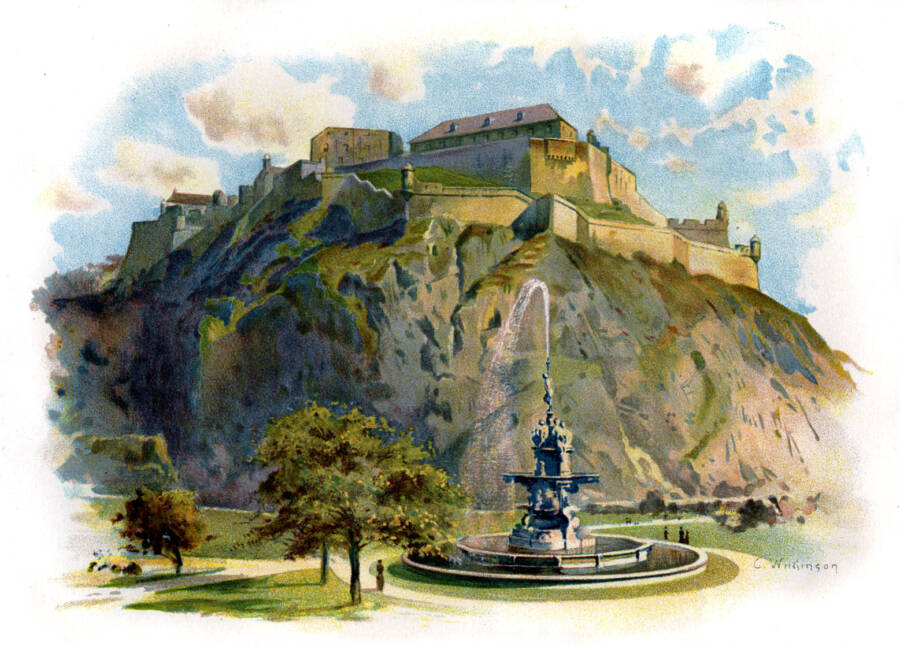
Culture Club/Getty ImagesA painting of Castle Rock, Edinburgh by Chas Wilkinson (1880).
It wasn't until 1130, however, that Edinburgh Castle as we know it today truly began to take shape. Around that time, King David I commissioned the construction of some of the castle's oldest and most impressive structures, including St. Margaret Chapel, which began as a dedication to his mother, Queen Margaret, and is today considered the oldest building in Scotland.
King David II later added David's Tower to the castle, a structure meant to be both residential and defensive, and King James IV added the Great Hall. Notably, the Great Hall was adorned with stones engraved with the symbols of Scotland and its various monarchs — and is decorated today with numerous pieces of armor and weaponry.
Of course, given Scotland's tense history with the English, Edinburgh Castle was also subjected to a series of attacks that saw control of the mighty fortress shift between England and Scotland more than a few times.
The Many Sieges Of Edinburgh Castle
In total, Britain Magazine states, Edinburgh Castle had historically been besieged more times than any other place in Britain — at least 23 attempts to take control of the castle were recorded. The first of these occurred in 1296, when England's King Edward I and his troops captured the castle in a three-day siege.
But following his death in 1307, the castle's defenses were weakened. In 1314, the Scots, led by Sir Thomas Randolph on the orders of Robert the Bruce, regained control by striking in the middle of the night. This midnight siege was carried out using only 30 men, who scaled the cliffs under cover of darkness.
Then, in 1335 the English took the castle back, and lost it once again in 1341 when a group of Scots led by Sir William Douglas disguised themselves as merchants and recaptured it.
Following the Wars of Independence, King David II had David's Tower built — only for it to be destroyed during the "Lang Siege" following the marriage of Mary Queen of Scots and James Hepburn, Earl of Bothwell.
The unpopular union had led to a series of rebellious uprisings across the country that eventually forced Mary to flee to England, while those opposed to her rule laid siege to the castle, destroying David's Tower and cutting off the only source of water to the rest of the fortress.
Mary Queen of Scots' son, James VI, whom she had with her previous husband, Lord Darnley, then grew up to become James I of England in a moment now known as the "Union of the Crowns" in 1603. This move also saw the seat of power in Scotland shift to London, as James I reigned over both countries.
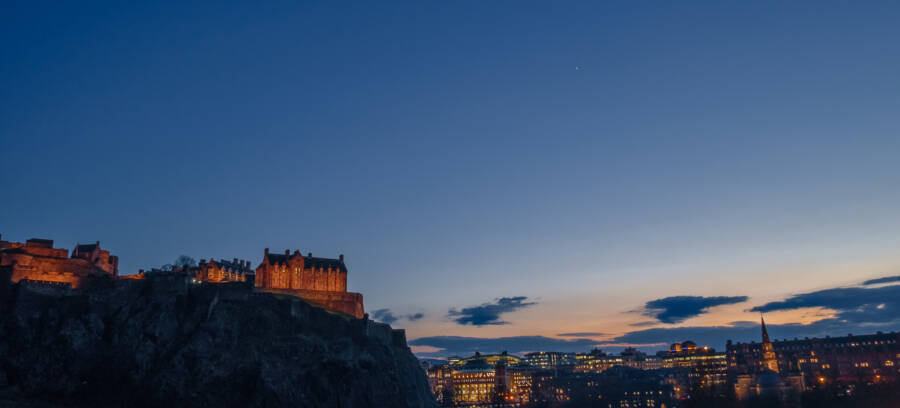
Gary Campbell-Hall/FlickrA panoramic shot of Edinburgh Castle and the city below.
This, unfortunately, did not put an end to the barrage of attacks against Edinburgh Castle, however. In the 18th Century, the Jacobite rebellion sought to return Stuart monarchs to their "rightful places" in England, Scotland, and Ireland — and even saw a group of Jacobites scaling the north cliffs of Castle Rock in 1715, just as Robert the Bruce's troops had done about 400 years prior.
Thirty years later, the ongoing Jacobite rebellion led to the capture of Holyrood Palace, which sits at the opposite end of the Royal Mile. Despite this, however, the Jacobites were unsuccessful at capturing Edinburgh Castle. And fortunately for the modern-day residents of Edinburgh, 1745 marked the last attempt at capturing the castle.
The State Of Edinburgh Castle Today
Today, Edinburgh Castle stands strong, but it no longer serves the people of Scotland as a political centerpiece. While there are still some minor military uses in place, the main purpose of the castle is to draw in tourists and serve as a memorial to its turbulent past.
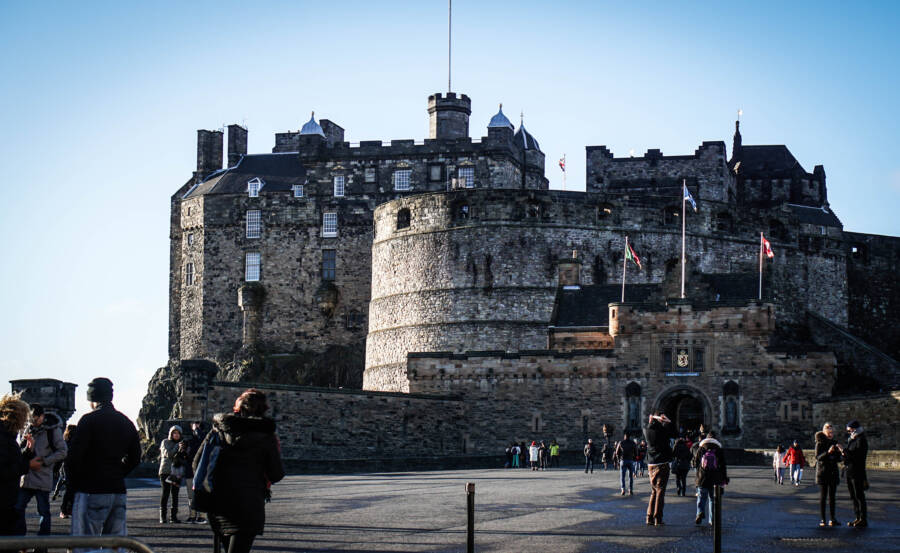
Judy Dean/FlickrA small group of people at Edinburgh Castle.
Edinburgh Castle also boasts a wide array of public performances, tours, and experiences — including an "afternoon tea experience" in the castle's tea room.
The castle's interior is likewise adorned with relics of history, including suits of armor and medieval weaponry on the walls and portraits of the castle's historical royal residents. Historic Environment Scotland even created a 3D model of the castle to view in lieu of actually visiting — though of course, it doesn't have quite the same effect.
Despite no longer being put to use quite as it had been in the past, it's clear that Edinburgh Castle is still a major culturally significant landmark and a source of pride for many Scots.
Given its history, how could it not be?
After exploring the history of Edinburgh Castle, dive into the history of Bran Castle in Transylvania — more commonly known as Dracula's Castle. Then, explore these seven haunted castles that will send a chill up your spine.
